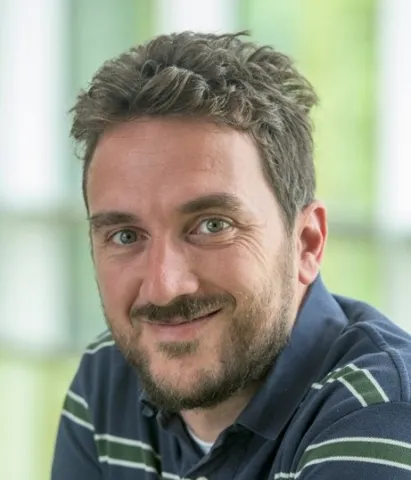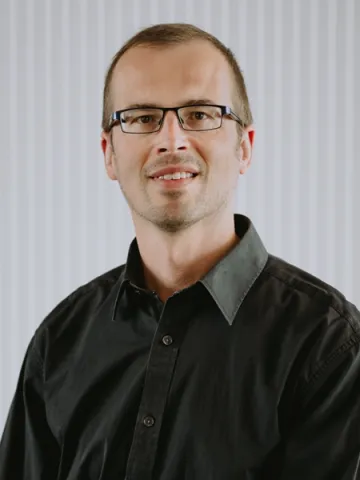About the project
Recent years have seen remarkable progress in the development of hollow core fibres (HCFs). Not only can HCFs transmit extreme laser power levels beyond the fundamental damage threshold of glass, but they can also achieve even lower propagation loss than traditional glass fibres, as demonstrated by researchers at the Optoelectronics Research Centre (ORC). This progress has led to the demonstration of record kilowatt laser power transmission over a kilometre-range HCF, well beyond the capability of standard glass fibres.
This project will explore some of the unique high-power laser applications enabled by recent advances in hollow-core fibre technology. The project will aim at setting new standards for high-power, long-range laser transmission over record-low-loss HCFs. It will explore the development of novel, energy-efficient laser sources based on gas-filled HCFs and the unique radiation-hardness of HCFs to realise innovative solutions for remote, fibre-based detection of radioactivity.
You will explore the most recent advances in HCF technology to further push the limits of high-power laser transmission. This work may be significant in several areas such as industrial laser processing, underground drilling, and nuclear decommissioning. Another opportunity arises by filling the hollow core of the HCF with gases of various compositions and pressures to explore gas-based nonlinear optical effects for the generation of light frequencies inaccessible with traditional laser systems. The long interaction length between the gas and high-intensity laser light made possible by HCFs may potentially lead to simple, energy-efficient and tunable laser sources that could benefit a large variety of applications.
Finally, ionisation effects within the air- or gas-filled hollow core of the HCF may be explored to detect radioactivity. As opposed to glass-core fibres which are prone to radiation damage, HCFs have the advantage of radiation-hardness and may offer an innovative solution for the remote, distributed sensing of ionising radiation in radioactive environments.
The project will be mainly experimental but will also include some numerical modelling to support the work. The project work will take place across several research groups, covering state-of-the-art high-power laser facilities and world-leading hollow-core fibre fabrication, allowing you to collaborate with experienced researchers in both fields to achieve the project objectives.

